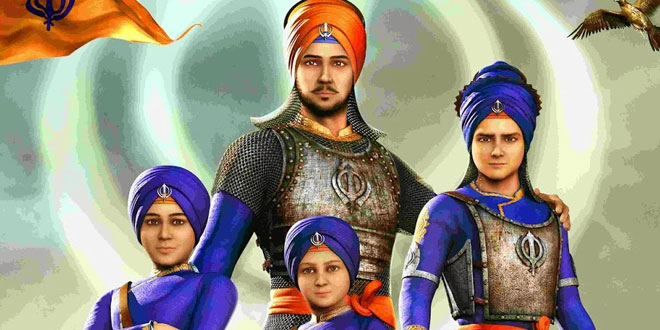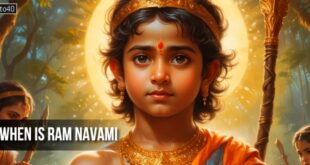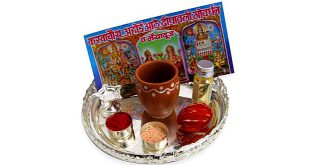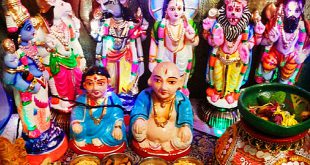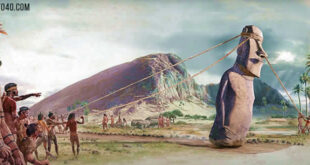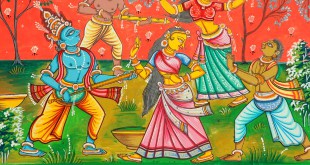They were the sons of Guru Gobind Singh Ji. Name the four Sahibzadas were Baba Ajit Singh Ji (1687 – 1704), Baba Jujhar Singh Ji (1689 – 1704), Baba Zorawar Singh Ji (1696 – 1704), Baba Fateh Singh Ji (1698 – 1704).
Eldest Sahibzada was Baba Ajit Singh Ji and youngest was Baba Fateh Singh Ji.
Baba Fateh Singh Ji and Baba Zorawar Singh Ji Sahibzadas were bricked alive on the orders of emperor Aurangzeb.
Sahibzada Zorawar Singh was the third of Guru Gobind Singh‘s four sons. He and his younger brother, Sahibzada Fateh Singh are among the most hallowed martyrs in Sikhism.
Name of four Sahibzadas:
Sahibzada Ajit Singh (1687 – 1705), the eldest of four sons. ‘Ajit’ means Invincible;
- Sahibzada Ajit Singh (11 February 1687 – 7 December 1705), the eldest of four sons of Guru Gobind Singh, was born to Mata Jito ji (also known as Mata Sundari ji) at Paonta sahib on 11 February 1687. The following year, Guru Gobind Singh returned with the family to Anandpur where Ajit Singh was brought up in the approved Sikh style.
Sahibzada Jujhar Singh (1691 – 1705). ‘Jujhar’ means warrior;
- Sahibzada Jujhar Singh (27 September 1691 – 7 December 1705), the second son of Guru Gobind Singh, was born to Mata Jito ji (also known as Mata Sundari ji) at Anandpur on 27 September 1691 (as per Nanakshahi calendar).
Sahibzada Zorawar Singh (1696-1705). ‘Zorawar’ means Brave;
- Zorawar Singh (November 28, 1696 – December 26, 1705), the third son of Guru Gobind Singh, was born to Mata Jito Ji (also known as Mata Sundari Ji) at Anandpur on November 28, 1696. He was barely nine years old at the time of the evacuation of Anandpur on the night of December 20, 1704.
Sahibzada Fateh Singh (1699-1705), the youngest of Guru Gobind Singh’s four sons. ‘Fateh’ is victory.
- Sahibzada Fateh Singh (12 December 1699 – 26 December 1705), the youngest of Guru Gobind Singh’s four sons, was born to Mata Jito ji (also known as Mata Sundari ji) at Anandpur on 12 December 1699. During the flight from Anandpur, when the Sikhs, having been promised safe passage to Punjab, Sahibzada Fateh Singh was, along with his elder brother Zorawar Singh, put under the care of his grandmother, Mata Gujari Kaur ji, Unfortunately in the confusion of the rain swollen Sarsa (normally little more than a creek) and an attack by Muslim pursuers, the Guru’s two youngest sons and their Grandmother were separated from the main body of Sikhs. However, managing to get across they were befriended by one of the Guru’s former cooks. Later betrayed and handed off by the authorities of the small village where they had been given sanctuary, they were handed over to agents of Wazir Khan and carted off to Sirhind and placed under arrest in the Khan’s Thanda Burj (cold tower). While the Thanda Burj was built to capture the cool night breezes of air drawn over water channels in the areas hot summers, during the dead of winter the unheated burj offered no comfort for the Guru’s mother and sons.
 Kids Portal For Parents India Kids Network
Kids Portal For Parents India Kids Network
